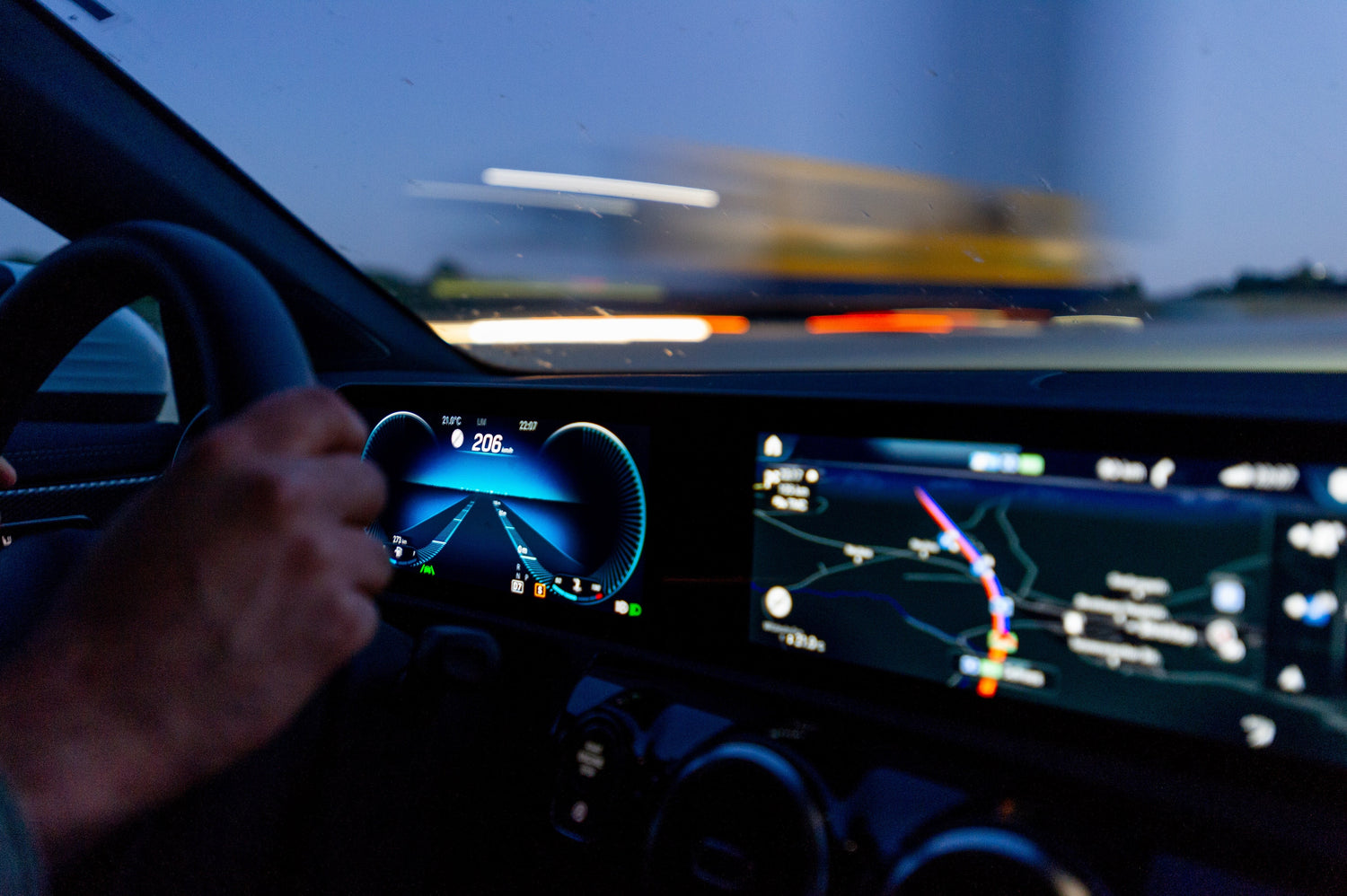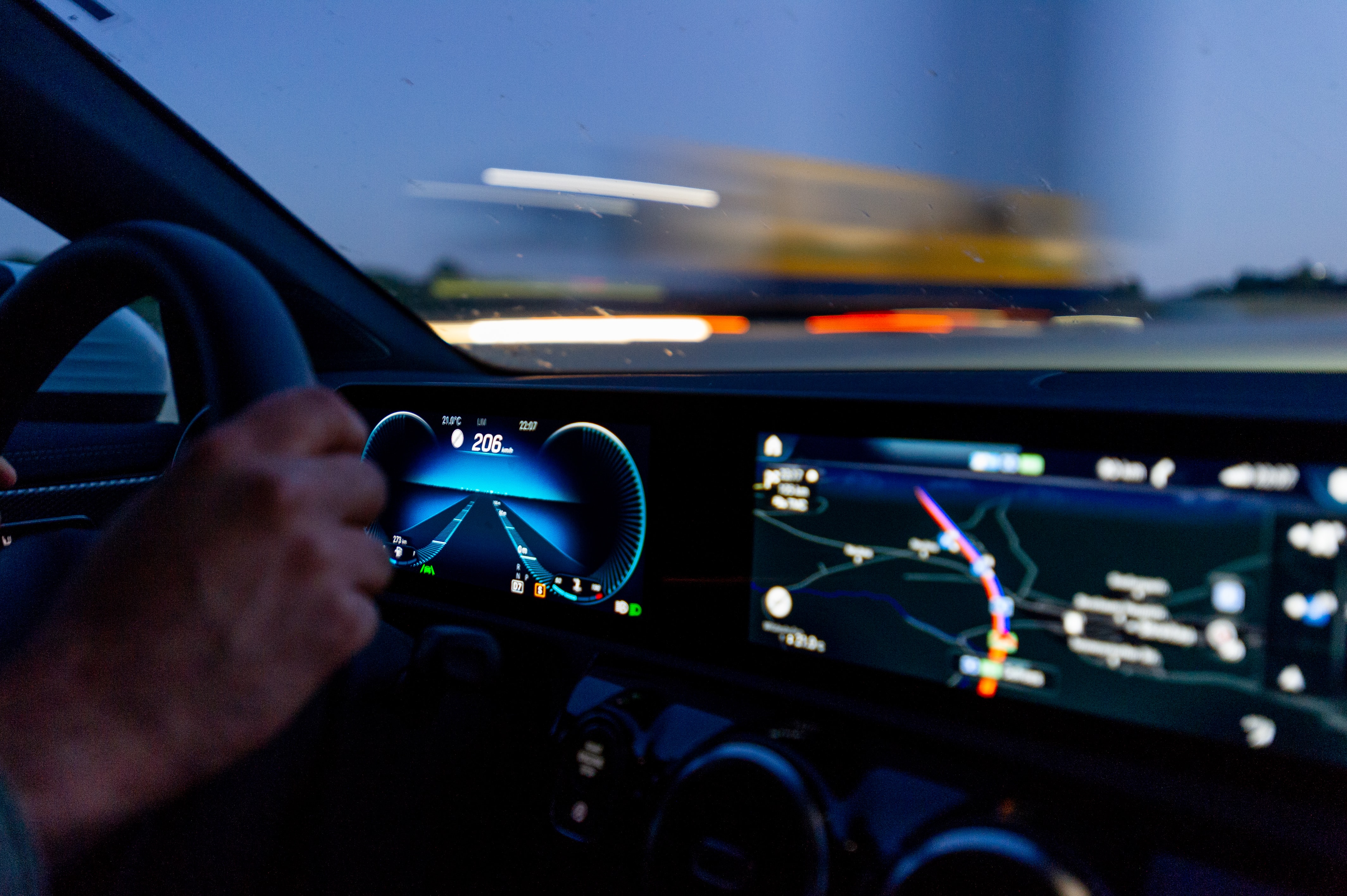
Display Technology Trends Shaping The Automotive Future
The automotive industry is experiencing a transformative era driven by technological advancements, and display technologies are at the forefront of this revolution. From instrument clusters to infotainment systems, augmented reality displays, and beyond, automotive displays are evolving rapidly, enhancing the driving experience and safety. Here are key display technology trends shaping the automotive future.
Digital Cockpits:
Digital cockpits represent a paradigm shift in the traditional driver's instrument cluster. High-resolution digital displays are replacing analog gauges, providing customizable and dynamic information. These digital cockpits offer a more immersive and intuitive interface for drivers, allowing them to access real-time data, navigation information, and vehicle diagnostics.
Augmented Reality Head-Up Displays (AR HUDs):
Augmented Reality Head-Up Displays are emerging as a crucial safety and information feature. AR HUDs project key information, such as navigation instructions and speed, onto the driver's line of sight on the windshield. This technology enhances situational awareness by overlaying essential data directly onto the driver's view of the road, minimizing distractions.

Curved and Flexible Displays:
Automotive interiors are adopting curved and flexible display panels to seamlessly integrate with the vehicle's design. These displays provide a more cohesive and aesthetically pleasing look while offering a broader field of view. Curved displays are often used in dashboards, center consoles, and even across the entire dashboard to create a visually striking and user-friendly interface.
OLED (Organic Light-Emitting Diode) Technology:
OLED displays are gaining popularity in automotive applications due to their vibrant colors, deep blacks, and flexibility. OLED technology allows for thinner and more energy-efficient displays with superior image quality. As a result, OLED displays are being integrated into vehicle dashboards, infotainment systems, and even rearview mirrors.
Touch and Haptic Feedback:
Touchscreens have become ubiquitous in modern vehicles, offering an intuitive interface for controlling various functions. The integration of haptic feedback technology enhances the touchscreen experience by providing tactile sensations in response to touch. This feedback makes touchscreens more user-friendly, allowing drivers to interact with the display without taking their eyes off the road.
AR Navigation Displays:
Augmented Reality Navigation Displays provide enhanced guidance by overlaying navigation instructions onto the real-world view through the windshield. This technology utilizes sensors and cameras to recognize the environment, displaying turn-by-turn directions and other relevant information directly onto the road, creating an intuitive and immersive navigation experience.
Advanced Driver-Assistance System (ADAS) Displays:
The proliferation of ADAS features, such as lane-keeping assistance, collision warnings, and adaptive cruise control, requires sophisticated displays. These displays present real-time information about the vehicle's surroundings, ensuring that drivers stay informed and engaged with the assistance systems.
Biometric Displays:
Biometric displays are making inroads into automotive technology, offering personalized and secure access to the vehicle. These displays can recognize the driver's biometric features, such as fingerprints or facial recognition, to authenticate and customize settings based on individual preferences.
The future of automotive displays is marked by innovation, connectivity, and a focus on enhancing the driving experience. From digital cockpits to augmented reality displays, the evolution of display technologies is shaping a more intuitive, safer, and aesthetically pleasing automotive future. As these trends continue to unfold, drivers and passengers can anticipate a heightened level of connectivity and interaction within the vehicles of tomorrow.
